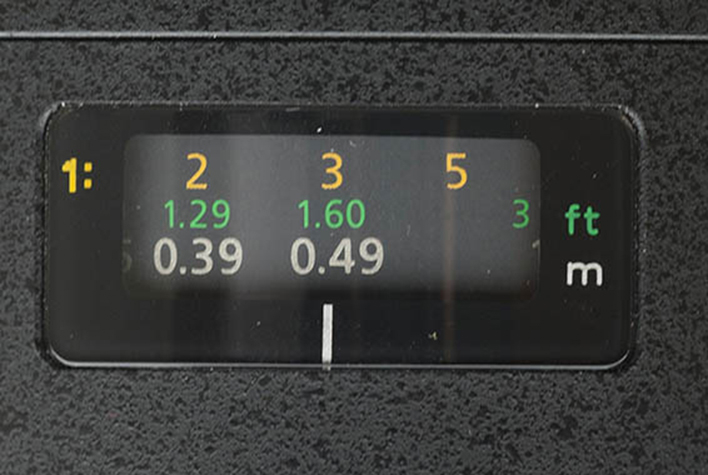Auto focus is easier, but camera will not necessarily be focusing at the optimum point, using manual focus and setting your magnification factor you can get all your images of every patient the same magnification every appointment, regardless of who takes the picture.
Lens choice
A number of manufacturers make lenses for Canon and Nikon, less for other makes.
For consistent dental photography you need a ‘prime’ macro lens i.e. not a zoom lens. The reason for this is that with a ‘prime’ macro lens and manual focus, you can accurately set the ‘magnification factor’ typically 1:3, and get consistent magnifications each time regardless who is taking the image, important when recoding for instance, tooth wear or soft tissue lesions.
The other factor to bear in mind is working distance. A 60mm lens will mean you are closer to the subject for intra oral shots and can be difficult to get the high close up views, as you will be too close to the patient. Whereas a 100mm macro lens will bring you to a more comfortable distance. Downside of 100mm is if you have a small surgery you will find extra oral shots of your patient difficult, as you will need a working distance of a good 1.5 metres.
For Canon I would suggest the Canon 100mm macro, not the really expensive one with image stabilization, as this function is not required. Other cheaper options are available, such as the Sigma 105mm and the Tamron 90mm macro lenses, but these will only ‘stop down’ to f22. When you get into your photography, especially for higher magnifications, you may find this limiting.
For Nikon I would suggest the Nikon 105 Micro lens, expensive but a great lens. As with Canon other cheaper options are available, such as the Sigma 105mm and the Tamron 90mm macro lenses, these will only ‘stop down’ to f22. When you get into your photography, especially for higher magnifications, you may find this limiting.
See www.dentalphotographyinpractice.com for updated lists of these lenses.





